The Subashi Temple, nestled in the Taklamakan Desert of China’s Xinjiang region, stands as a testament to the rich tapestry of Silk Road history. This Buddhist temple complex, now in ruins, once served as a spiritual hub for travelers and monks. It offers a glimpse into the religious and cultural exchanges that took place along this ancient trade route. The temple’s remnants, with their intricate carvings and architectural prowess, continue to intrigue historians and archaeologists alike.
Get your dose of History via Email
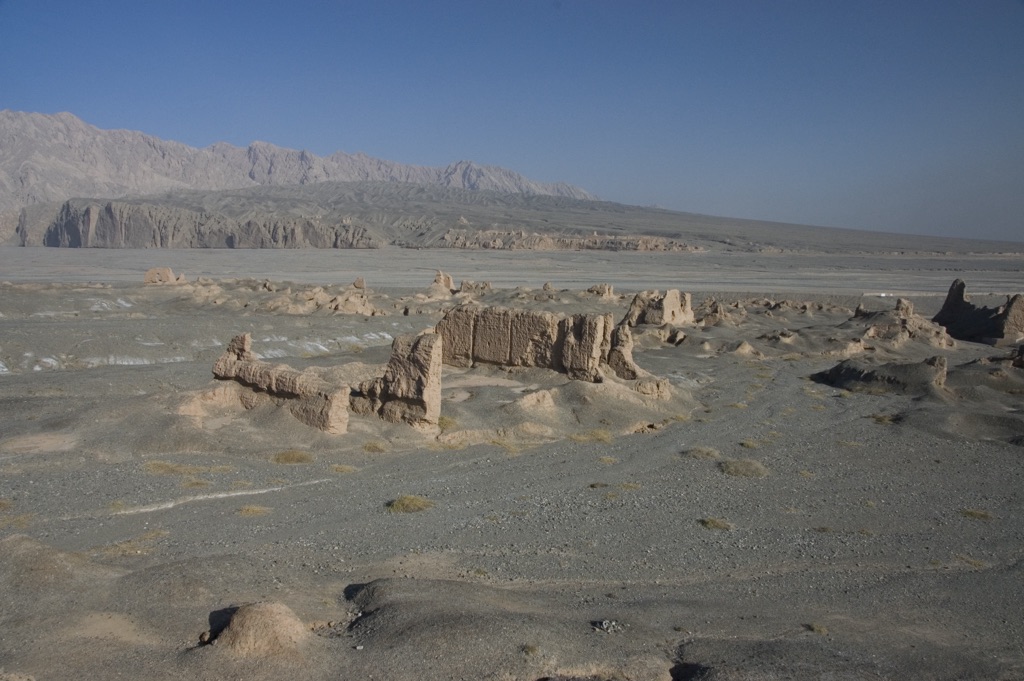
Historical Background of Subashi Temple
Subashi Temple’s origins trace back to the 2nd century AD, during the Kushan Empire’s reign. It flourished as a Buddhist site until the 16th century. The temple was a beacon for pilgrims and scholars, contributing to the spread of Buddhism across Asia. Its discovery in modern times owes to the efforts of explorers like Aurel Stein in the early 20th century. These explorers unearthed a wealth of artifacts and manuscripts, shedding light on the temple’s significance.
The Kushan Empire, known for its patronage of Buddhism, likely commissioned the temple’s construction. This empire’s influence extended from today’s Afghanistan to northern India, promoting cultural and religious diversity. Subashi Temple’s strategic location on the Silk Road allowed it to thrive as a center for learning and worship. Over time, it witnessed various inhabitants and underwent numerous renovations, reflecting the changing dynasties and beliefs.
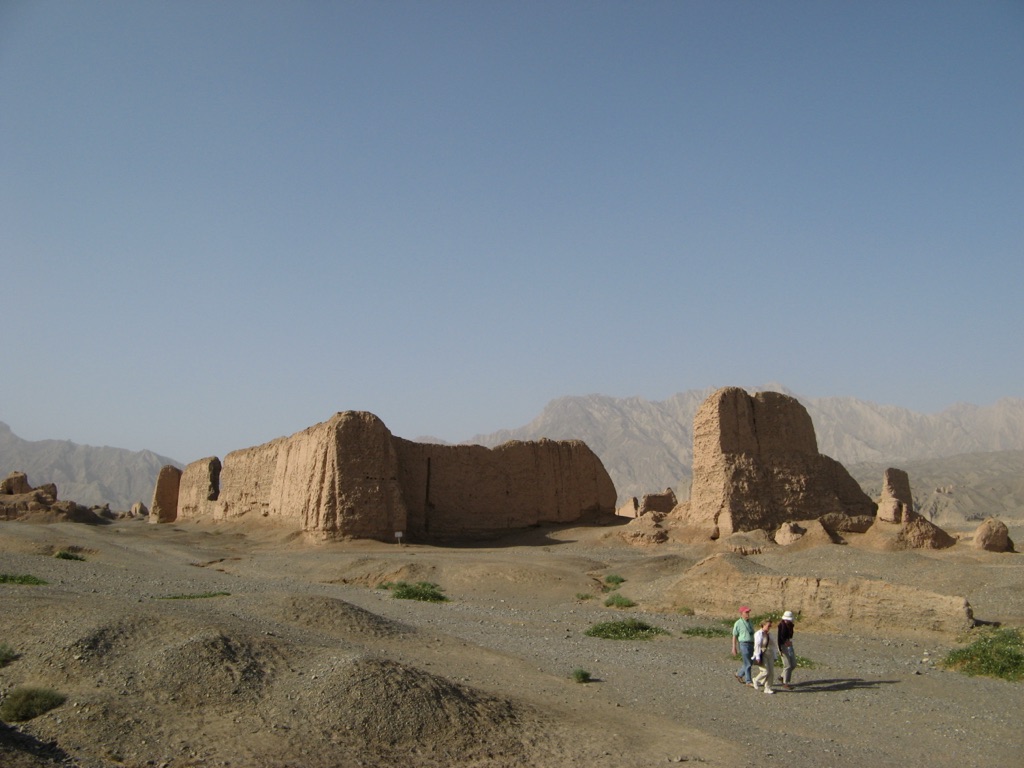
Despite its religious importance, Subashi Temple also bore witness to historical turmoil. It experienced the rise and fall of empires, invasions, and the eventual decline of the Silk Road trade. The temple complex gradually fell into disuse and was eventually abandoned. The harsh desert climate contributed to its deterioration, leaving behind the ruins that continue to captivate visitors today.
The site consists of two main areas, the East and West temples, which include stupas, monastic cells, and assembly halls. These structures, though now in ruins, offer a window into the past, showcasing the architectural and artistic achievements of the time.
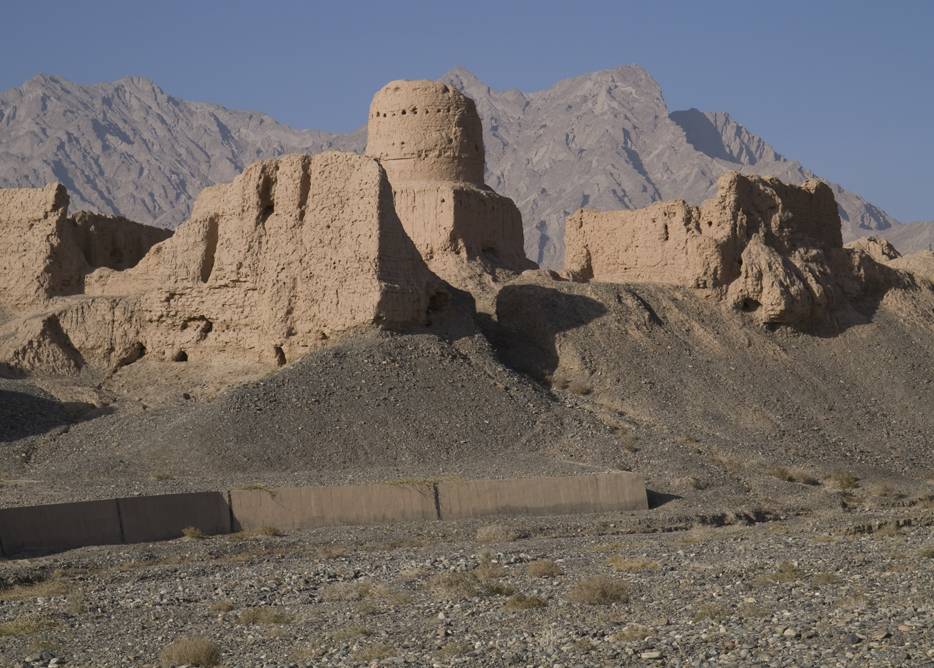
About Subashi Temple
The temple complex spans a considerable area, with remnants of numerous structures scattered across the desert landscape. The ruins suggest a once-magnificent complex, complete with stupas, monastic quarters, and halls for congregation and teaching.
The construction of Subashi Temple relied on the materials readily available in the arid environment. Builders used mud bricks and wooden beams, employing techniques adapted to the harsh desert conditions. The architectural style of the temple reflects a fusion of Indian Buddhist and local influences, indicative of the cultural melting pot that was the Silk Road.
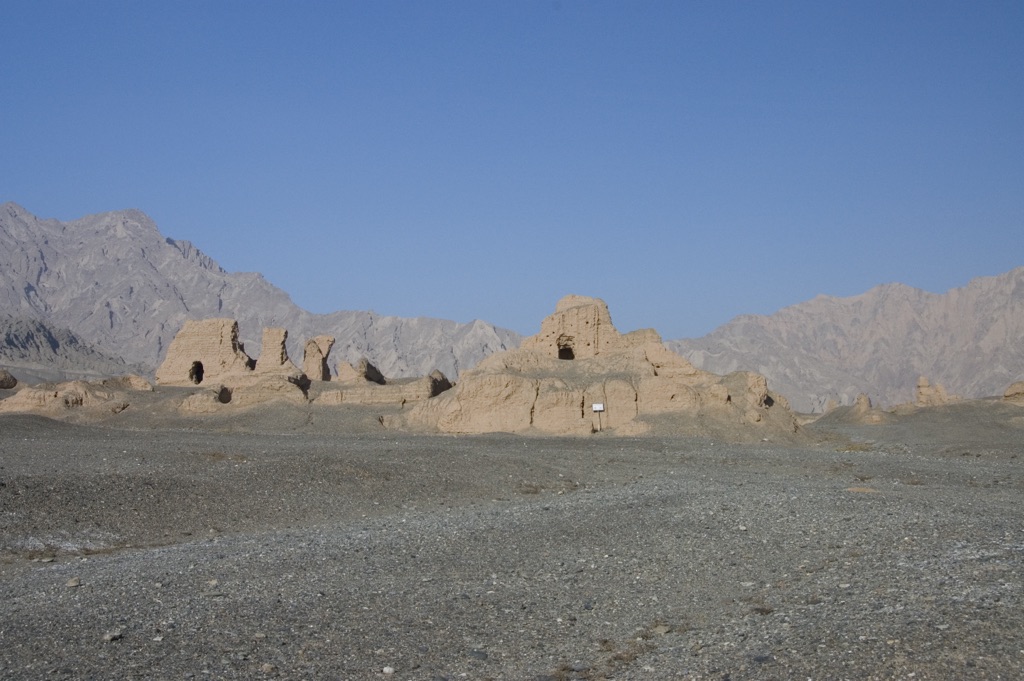
One of the most striking features of Subashi Temple is its stupas, dome-shaped structures that often housed relics. These stupas, varying in size and design, served as focal points for devotion and meditation. The intricate carvings and frescoes that once adorned the temple walls have largely faded, but their remnants hint at the site’s former splendor.
The layout of Subashi Temple, with its distinct East and West divisions, suggests a complex with multiple functions. The East Temple is thought to have been the primary area for worship, while the West Temple may have served more for monastic living and scholarly pursuits. This division underscores the dual nature of the site as both a religious sanctuary and a center of learning.
Despite the ravages of time, Subashi Temple’s ruins continue to offer insights into the construction techniques and artistic traditions of the period. The site’s preservation challenges are immense, given its exposure to the elements and the shifting sands of the desert. Yet, the temple remains an invaluable piece of history, echoing the voices of those who once walked its halls.
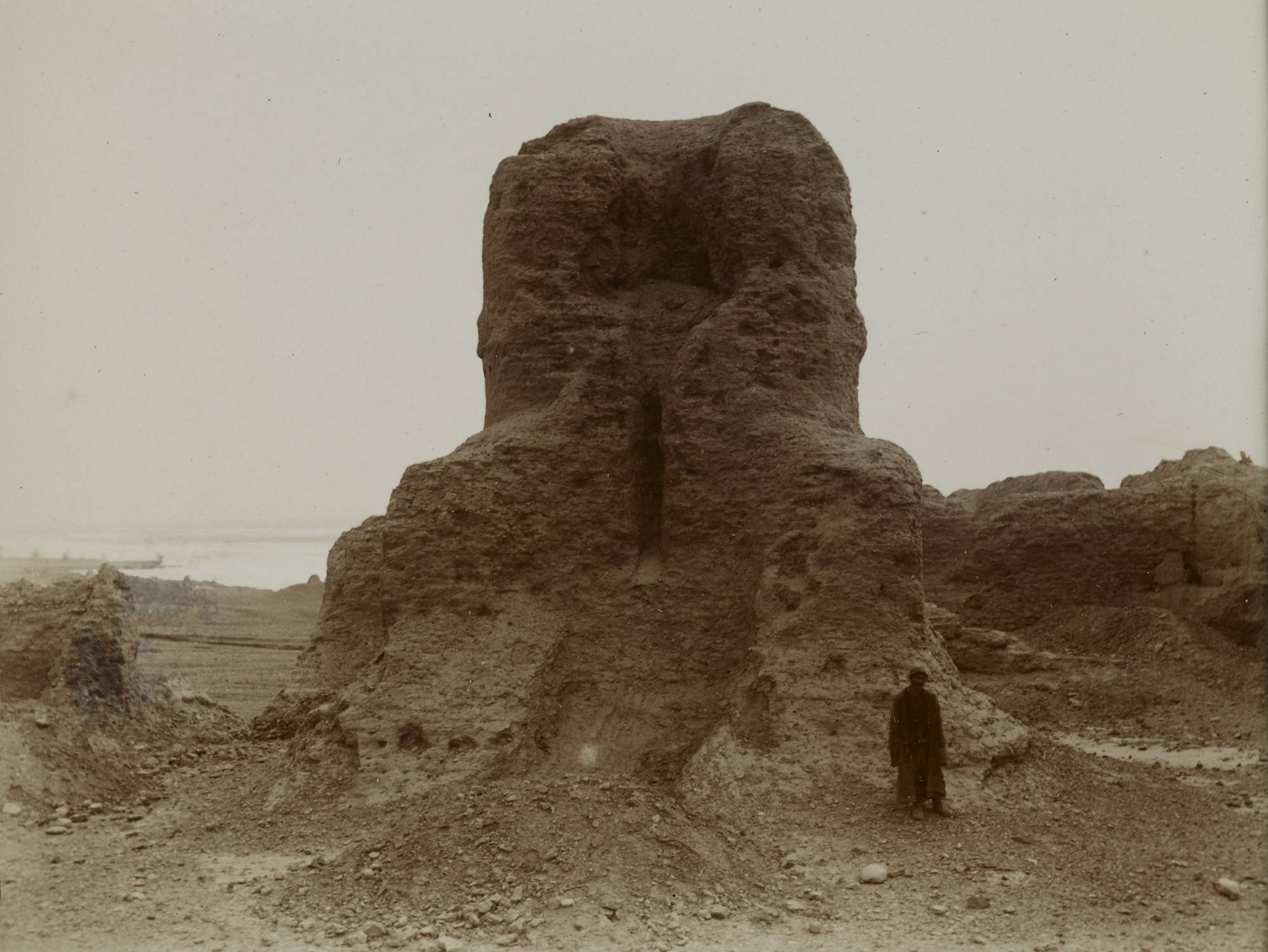
Theories and Interpretations
The purpose of Subashi Temple has been the subject of various theories. Most agree that it served as a Buddhist monastery and pilgrimage site. However, the specifics of its religious practices and the extent of its influence remain topics of scholarly debate. The temple’s role in the transmission of Buddhism along the Silk Road is a key focus of these discussions.
Some mysteries surround Subashi Temple, particularly regarding the symbology of its art and architecture. Researchers have attempted to match the iconography found at the site with historical Buddhist texts. These efforts aim to understand the specific sects and teachings that influenced the temple’s design and use.
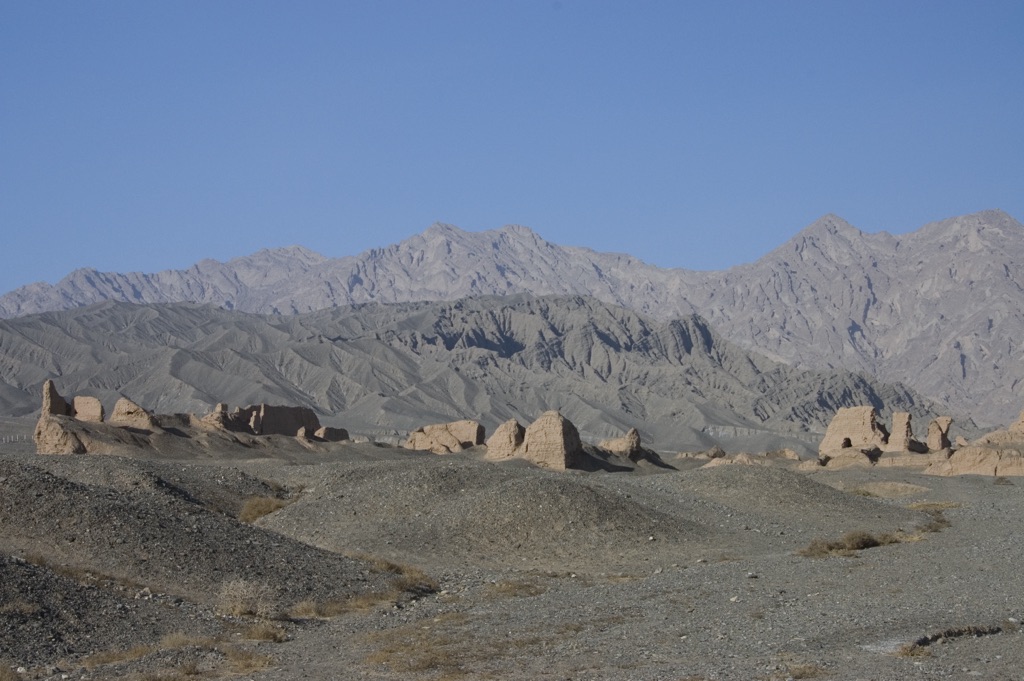
Dating the temple has been a complex task, involving both historical records and scientific methods. Carbon dating and stratigraphy have been employed to establish a timeline for the temple’s construction and occupation. These methods have helped to corroborate the historical accounts of the temple’s prominence during the Kushan Empire and beyond.
Interpretations of Subashi Temple’s decline are varied. Some attribute it to the changing religious landscape, as Islam gradually became the dominant faith in the region. Others point to the economic decline of the Silk Road trade, which diminished the flow of pilgrims and resources to the temple.
Despite the challenges in interpreting Subashi Temple’s past, ongoing research continues to unveil its secrets.
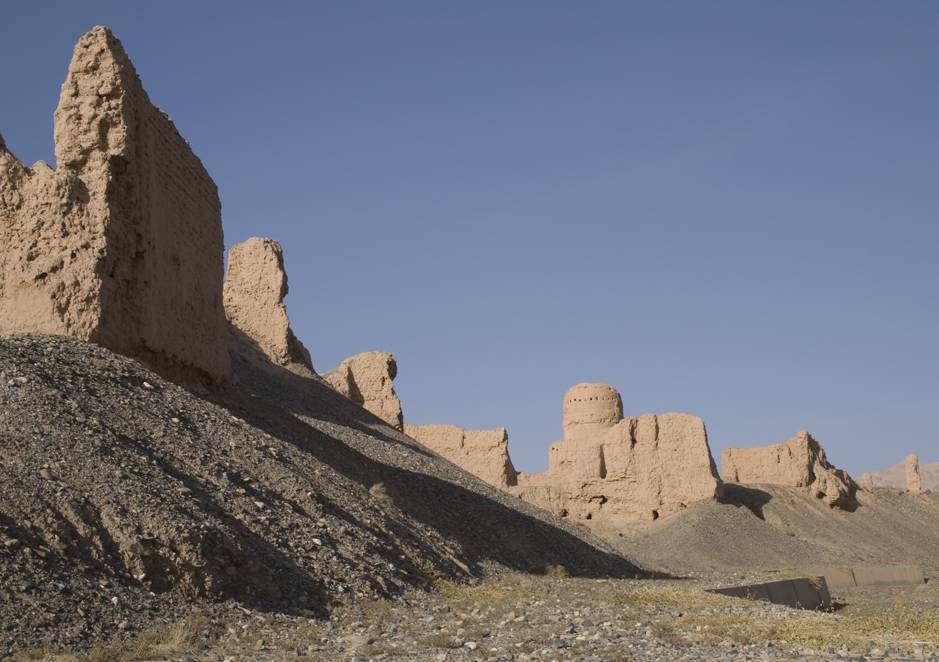
At a glance
Country: China
Civilization: Kushan Empire
Age: 2nd century AD
Conclusion and Sources
Reputable sources used in the creation of this article:
- Wikipedia – https://en.wikipedia.org/wiki/Subashi_Temple
